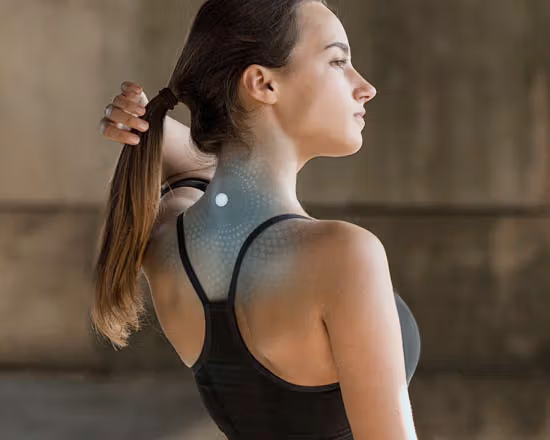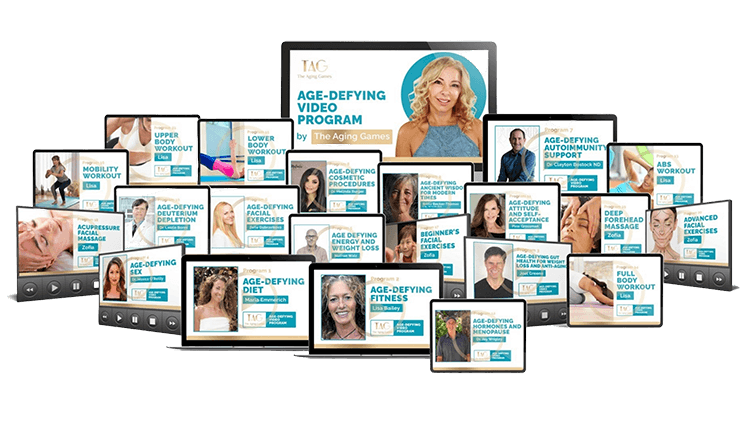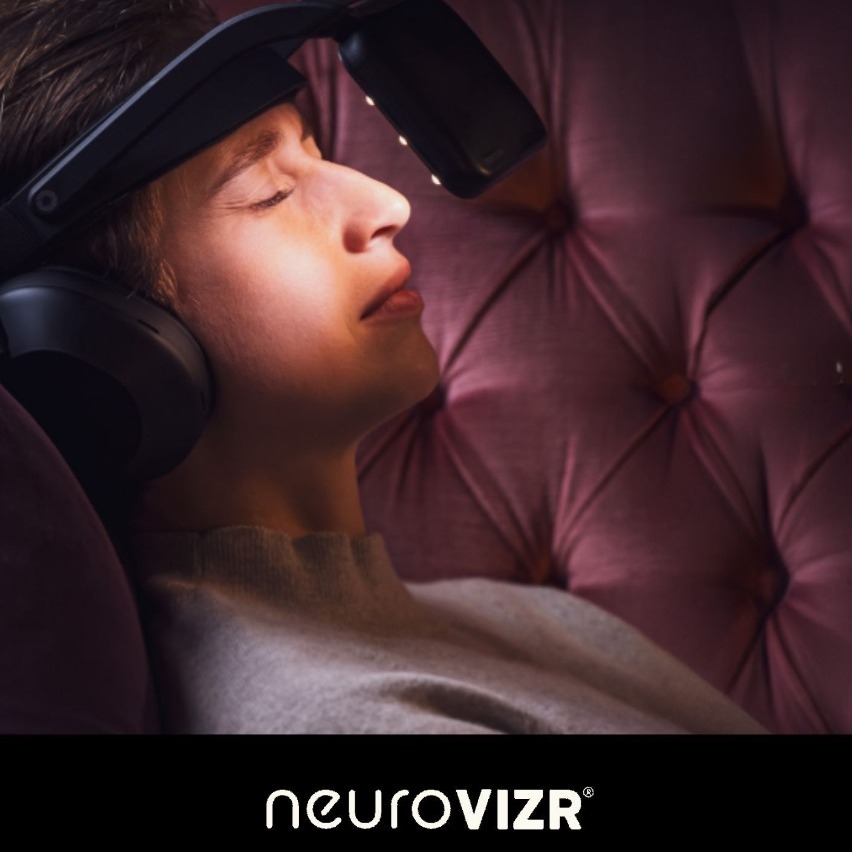Sleep is important for all generations, especially mature adults. When you cannot sleep well, your entire life will be impacted, including being at a higher risk for accidents or falls, memory issues, irritability, and depression. The lighting you use in your home before sleep is also crucial. Here are some things to know about how blue light can disrupt your hormones, cause weight gain, and worsen menopause symptoms.
What is Blue Light?
Blue light waves are found everywhere in our environment. We are surrounded by both natural blue light and artificial blue light each day. While the beautiful color blue is often associated with calm and healing, an abundance of artificial blue light exposure can cause problems like headaches, fatigue, eye strain, and vision problems as well as insomnia. Blue light is a melatonin suppressant, and melatonin is a crucial hormone for healthy sleep.
Natural vs. Artificial Blue Lights
Sunshine used to be our main exposure to blue light. With sun exposure, blue light does not appear in isolation. Natural blue light helps the body form a healthy circadian rhythm that supports our natural sleep cycle.
However, there is artificial blue light inside our homes, through televisions, smartphones, and computers. Artificial blue light interferes with our natural circadian rhythm as it tricks the brain into believing that day is day and night is day, as well. The interruption of our natural sleep may be behind an increased risk for health issues like diabetes, heart disease, and cancer. Exposure to blue light before sleep every night can actually raise your blood sugar and insulin levels as if you were diabetic. This can happen even on a very low-carb diet.
Are Low-Level Blue Light Therapy Devices Safe?
Unlike the chronic, low-level blue light exposure that affects the brain, blue light therapy devices using short-term, targeted energy are not considered harmful and are used in beauty salons or at home to treat acne, reduce inflammation and improve skin texture.
How to Reduce or Replace Blue Lights in Your Home
There is an array of solutions to replace or tone down blue light use in your home. Some fun alternatives are to use candles. The right candles not only make your home feel warm and cozy, but you can use them as regular light and even to read at night. Use organic candles with natural scents to avoid inhaling toxic fumes.
Other solutions include:
- Stick to natural light to light your home as often as possible during the day
- Use alternative lightbulbs in your home, such as warm, low-wattage red nightlights and yellow lights
- Install blue light-blocking software on computers, laptops, and phones
- Wear blue light-blocking glasses, especially when using your phone or laptop at night
- Install blue light screen filters on all monitors, LED displays and phones
- Sleep with an eye mask
- Read from real books at night before bed, instead of watching TV or browsing on your phone
- Remove light pollution from glowing electronic devices by covering them or simply removing them from the room, especially your sleeping area
Learn Other Tips to Manage Menopause Symptoms Today
Everyone, including women in menopause, should limit all blue light at night so they can get a good night’s sleep. However, there are many other ways to manage any negative menopause symptoms you’re experiencing and embrace aging. Check out the Age Defying Video Program to learn what you can do to manage menopause symptoms effectively. Also check out my book, The Aging Games: How to Come out a Winner for over 100 anti-aging tips and hacks that every woman over 40 needs to know.




 When Wellness Becomes a Trap: How Overdoing “Healthy” Can Make You Sick
When Wellness Becomes a Trap: How Overdoing “Healthy” Can Make You Sick






